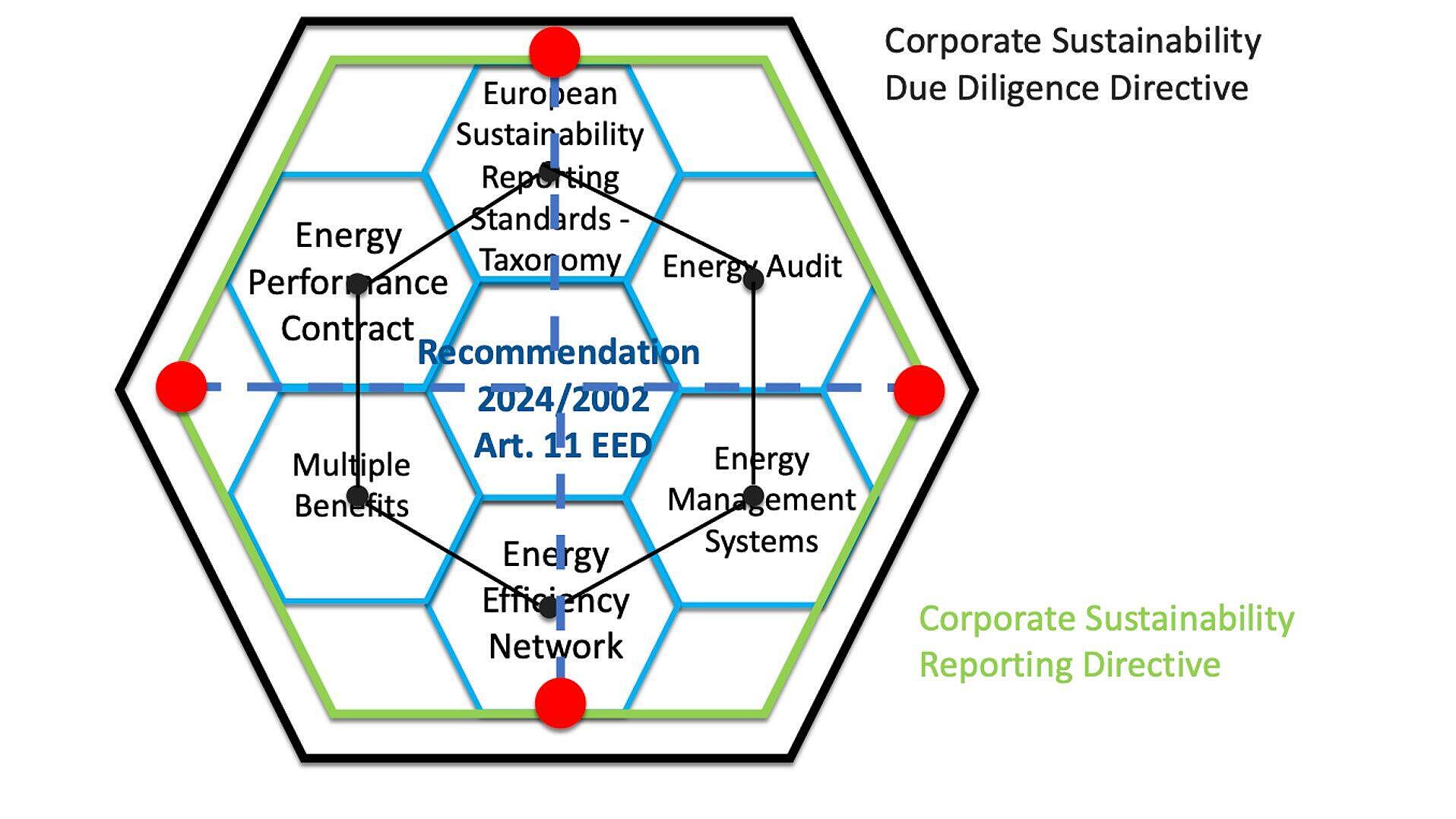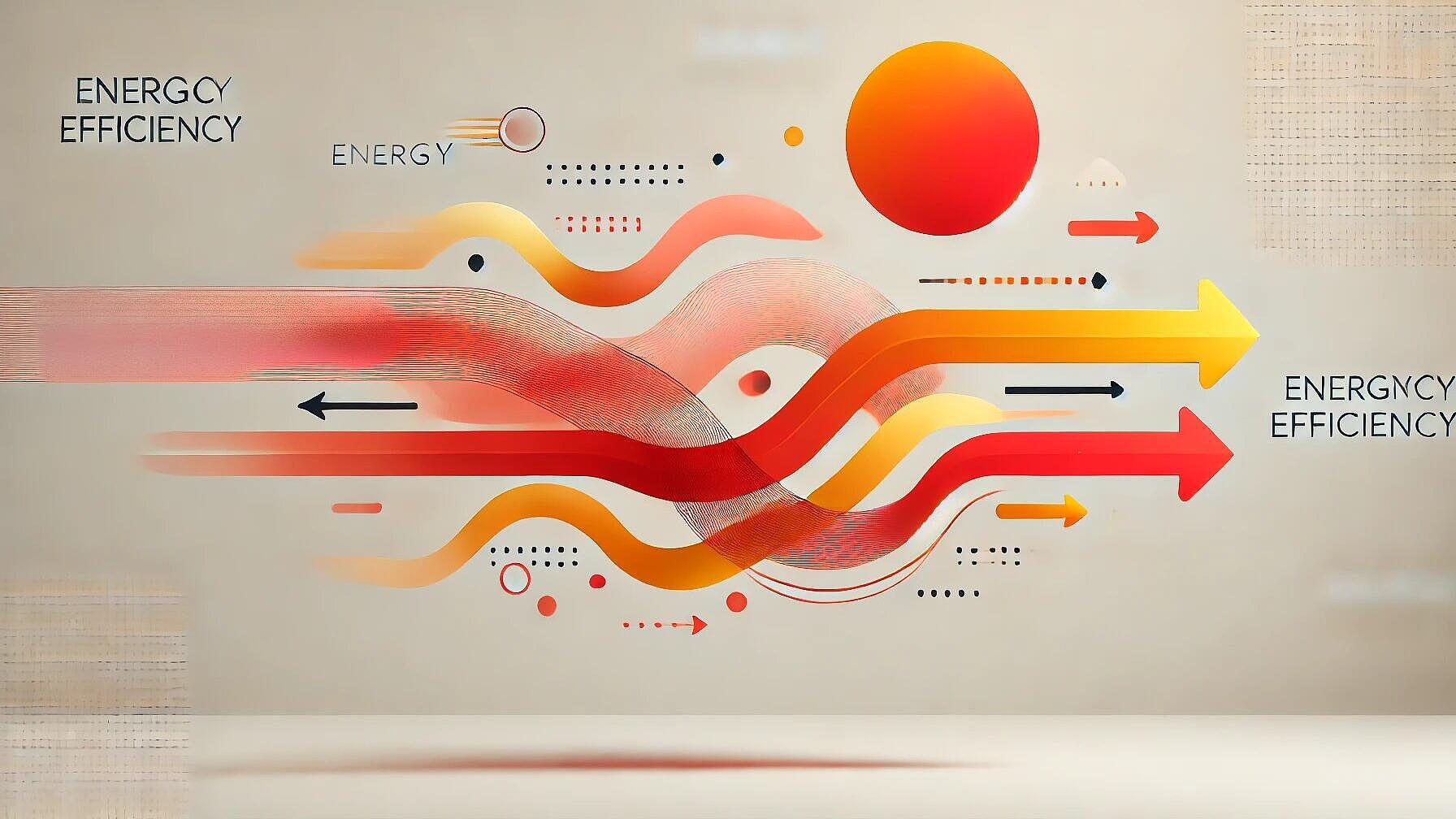 Policy & Regulation
Policy & RegulationNew recording of energy performance contracts (EPCs) in government accounts
Summary
Eurostat published new guidance on recording of energy performance contracts in government accounts. This could have a big impact on investments in energy efficiency in the public sector. EPC projects may also include additional services related to efficient energy supply. The Investor Confidence Project Europe is designed to unlock access to financing for the building, industry, district energy and street lighting markets by standardising how energy efficiency projects are developed, documented and measured. Standardisation using best practices set out by ICP reduces the risk for investors in regard to the projected outcome of an energy efficiency project. The new guidance for EPCs can be an
an important way for integrating it with the IPC approach, and district energy, to a lesser extent, involve public bodies. It is important for increasing the awareness of how E PCs can help in the investment decisions for IPCs. These factors open the door for ICPs can also reduce transaction costs. and the ICP.
Open full article
New recording of energy performance contracts (EPCs) in government accounts
New recording of energy performance contracts (EPCs) in government accounts
Recently Eurostat, the statistical office of the European Union, published new guidance on recording of energy performance contracts in government accounts. This could have a big impact on investments in energy efficiency in the public sector. Most of these investments are on the energy demand side but EPC projects may also include additional services related to efficient energy supply.
According to the Energy Efficiency Directive 2012/27/EU (EED), Energy Performance Contracting "means a contractual arrangement between the beneficiary and the provider of an energy efficiency improvement measure, verified and monitored during the whole term of the contract, where investments (work, supply or service) in that measure are paid for in relation to a contractually agreed level of energy efficiency improvement or other agreed energy performance criterion, such as financial savings."
Slowly but surely, energy performance contracts have gained in importance as policymakers and investors look for ways to ensure a better flow of financing. For the European Union this started with the SAVE directive in 1993, where Article 4 stated: “Member States shall draw up and implement programmes to permit third-party financing for energy efficiency investments in the public sector. For the purposes of this Directive, 'third-party financing' means the overall provision of auditing, installation, operation, maintenance and financing services for an energy efficiency investment, with recovery of the cost of these services being contingent, either wholly or in part, on the level of energy savings.”[1] This was replaced more than a decade later but the point is that it got member states actively assessing the role that third-party financing and energy performance contracting could play in the public sector.
New guidance from Eurostat
While there was guidance published a few years ago, it is good to see that Eurostat published new guidance in September. The revised guidance note clarifies the accounting rules applied to the treatment of energy performance contracts. It follows up on the work already undertaken by Eurostat to clarify the accounting rules for various types of public investment, including the Guide to the Statistical Treatment of Public Private Partnerships published last year.
Energy performance contracts in the public sector offer a practical solution to make public buildings and other public infrastructures more energy efficient, as the initial investment can be covered by a private partner and repaid by guaranteed energy savings. However, frequently this type of contract simultaneously contains elements of a rental, service, lease, purchase or loan agreement, making its recording complex. At the request of Member States, Eurostat has worked with National Statistical Institutes (NSIs) to reflect on the most appropriate recording of EPCs in government accounts.
The Eurostat guidance note on the accounting treatment of EPCs significantly increases the possibilities for public bodies to use such contracts, by including and clarifying the circumstance in which these contracts can be recorded off government balance sheets. It also paves the way for the development of a stronger market of EPC providers, involving many SMEs. According to data collected by European PPP Expertise Centre (EPEC), over the last five years 345 new public-private partnership projects concerning energy performance were signed in 16 EU Member States, for the total value of over €65 billion.
EPCs where the energy efficiency is obtained through energy management measures, without any investment in equipment addition or renewal, are treated as simple service or maintenance contracts. This revised guidance is applied in cases where the EPC-contractor can be considered as the economic owner of the asset, where EPCs require an initial capital expenditure to improve the energy efficiency of a facility.
What does this mean for the new phase of the Investor Confidence Project for Industry, District Energy and Street lighting?
The Investor Confidence Project Europe, funded by the European Commission, is designed to unlock access to financing for the building, industry, district energy and street lighting markets by standardising how energy efficiency projects are developed, documented and measured. Standardisation using best practices set out by ICP reduces the risk for investors in regard to the projected outcome of an energy efficiency project. It also reduces time and skills needed by investors to perform due diligence for each individual project. Finally, it reduces transaction costs. These factors open the door for more capital to finance such projects or re-finance investments of project developers and ESCOs.
Street lighting, to a large extent, and district energy, to a lesser extent, involve public bodies. The new guidance for EPCs can be an important way for integrating it with the IPC approach, since EPCs can certainly be used for IPC projects.
The European Commission has already funded a project looking at street lighting and EPCs. This is important for increasing the awareness of how EPCs can help in the investment decisions for lighting upgrades.
Short summary of ICP
ICP (Investor Confidence Project Europe) delivers a standardised framework for developing energy efficiency projects to reduce uncertainty for clients and investors – to help grow the number of projects and the energy efficiency finance market.
ICP is based on two foundations:
- The ICP framework
The ICP framework assembles best practices and existing technical standards into a set of Protocols that define a clear roadmap for developing projects, determining savings estimates, and documenting and verifying results.
- Independent 3rd party certification
ICP's Investor Ready Energy Efficiency™ (IREE™) is an international certification that insures best practices, the right professionals and third-party validation are used to deliver high-quality projects that you can bank on.
Where are we now?
The current ICP project for industry, district energy and street lighting started in May 2017. The first phase concerns industry but the next phase on district energy and street lighting will start early 2018. The industry phase includes development of the protocols taking advantage of the expertise of a large group of experts and then testing the system through pilot projects.
Soon, ICP will be setting up separate technical forums for district energy and for street lighting to help in the development of protocols. If you would like to be included, please visit our website. Also, importantly we would like your reaction to the guidance from Eurostat on EPCs and whether you see this as a major breakthrough to help increase investments for district energy and street lighting.
Please visit our website to better understand our approach.
For more information or to provide your feedback on the Eurostat guidance please contact me at rod.janssen(at)ee-ip.org.
[1] In 2000, an evaluation was prepared but not published for what is now DG Energy on Directive 93/76.
Related articles
- 19. October, roundtable on Financing Industrial Energy Efficiency, by Rod Janssen
- ICP: Top benefits for energy efficiency project developers, by Juergen Ritzek
- Making existing lending processes drive energy efficiency, by Steven Fawkes



